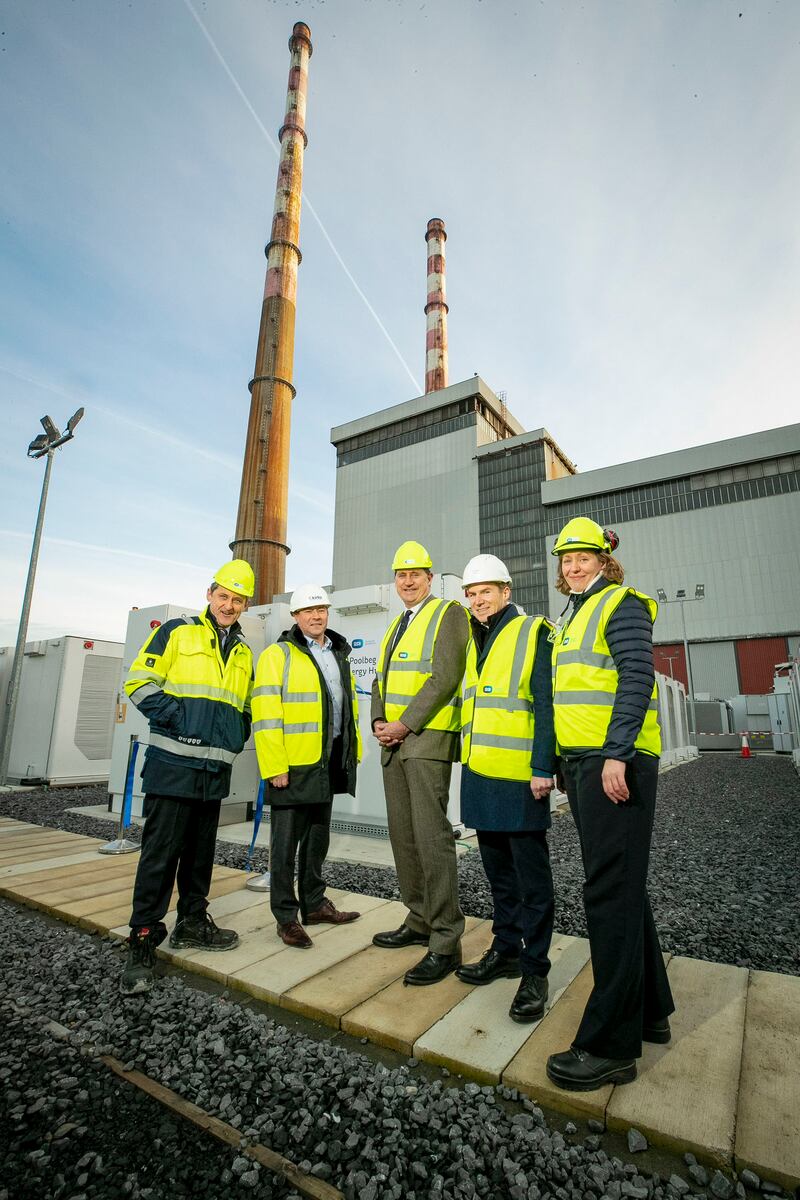Solar panels have proliferated on roofs across Ireland in recent years, as is obvious from looking around almost anywhere in the State. According to the 2024 Scale of Solar report from the Irish Solar Energy Association (ISEA), there has been an almost 43 per cent increase in Ireland’s solar power generation capacity, and a huge driver of this has been the residential sector. Houses and buildings of all sizes now host impressive arrays of photovoltaic (PV) panels – figures suggest an average of 65 homes a day are having panels installed.
This can be attributed to generous grants from the Sustainable Energy Authority of Ireland (SEAI) coupled with increased awareness of the long-term benefits – environmental and financial. It is estimated that a properly sized and installed array of solar panels takes around six-and-a-half years to pay off.

Ireland’s National Climate Action Plan includes a target to produce 80 per cent of our electricity from renewable energy sources by 2030; this includes nine giga watts (GW) from onshore wind, 8GW solar, and at least 5GW from offshore wind. The 8GW of solar will involve a combination of domestic rooftop, midsize commercial and industrial installations, and utility-scale solar farms.
The surge in PV installations notwithstanding, misconceptions around Ireland’s ability to generate solar energy still abound, says Paula Carroll, associate professor at UCD’s School of Business, whose work focuses on problems that can arise in the clean energy transition.
RM Block
“Despite our northerly latitude, there is significant potential to generate renewable electricity from the sun,” says Carroll. “Even when it is cloudy, and even in the shorter autumn days, we can get renewable electricity from PV panels.”
Financial support from the SEAI has helped increase uptake of PV in the residential sector, Carroll says. “Homeowners can use the electricity for self-supply and sell any excess back to the grid. Similarly, companies or community groups can invest in producing PV power to meet electricity demands.”

As a renewable energy source, solar is not as variable as wind, says David Farrell, head of onshore asset development with the ESB.
“The characteristics of the load profile on the Irish electricity system are well aligned to the characteristics of solar power production and make it very important in the renewables mix,” he explains. “In particular, it complements and compensates for some of the intermittency of wind farms, as solar production tends to be higher in summer months and during calm, fine weather when wind generation tends to be lower.”
Farrell agrees that the economic case for investment in solar continues to improve: “We are now seeing solar placing downward pressure on the wholesale cost of electricity. In a time when we import over 80 per cent of our energy needs, utilising our own natural resources to generate our own low-cost electricity is something that makes more sense now than ever before.”
He believes that a combination of high levels of public acceptance of the technology and falling purchase prices has assisted in driving the sector forward in recent years.
“Over the past three years we have experienced what has been described as a solar revolution in Ireland – 1,360MW of solar have now been energised,” he says.
The obvious challenge is that this renewable, clean electricity is only produced during daylight hours.
“PV production peaks in the middle of the day but, in contrast, peak electricity demand occurs in the evening, generally when people are home from work making dinner,” Carroll explains.
But the rapid increase in solar PV at scale in Ireland has also been at least partly driven by improvements in battery storage, she adds.
“Homeowners are now investing in batteries to store their excess daytime energy for later use instead of just selling it back to the grid.”
Improvements in battery technology have also seen them become more affordable – although SEAI grants for batteries are no longer available – and they typically last seven to 10 years, around half the lifetime of the PV array.
At a national level, energy storage enables the electricity grid to maximise the benefits of renewables, says Farrell. Large-scale battery energy storage systems (BESS) can be used to provide additional energy capacity during times of peak demand or system generation shortfalls, he explains.
“BESS can also be used by the transmission system operator to provide system services to stabilise voltages and frequency on the national grid, which is essential to enable large-scale deployment of renewable energy on the Irish electricity system,” says Farrell, who adds that, in the near future, it is expected BESS will be used to manage constraints on the electricity network.
To date, ESB has developed five BESS sites, totalling 300MW and representing an investment of approximately €300 million.
“These high-capacity batteries can store excess renewable energy for discharge when required, and in doing so, help to support Ireland in reaching its ambitious climate targets by 2030, and ESB in achieving its net zero by 2040 strategy,” says Farrell.
“As regulatory policy develops over the coming years, we expect to invest in longer-duration energy storage systems and in hybrid projects that involve the co-location of various combinations of BESS, solar and wind technologies.”




















